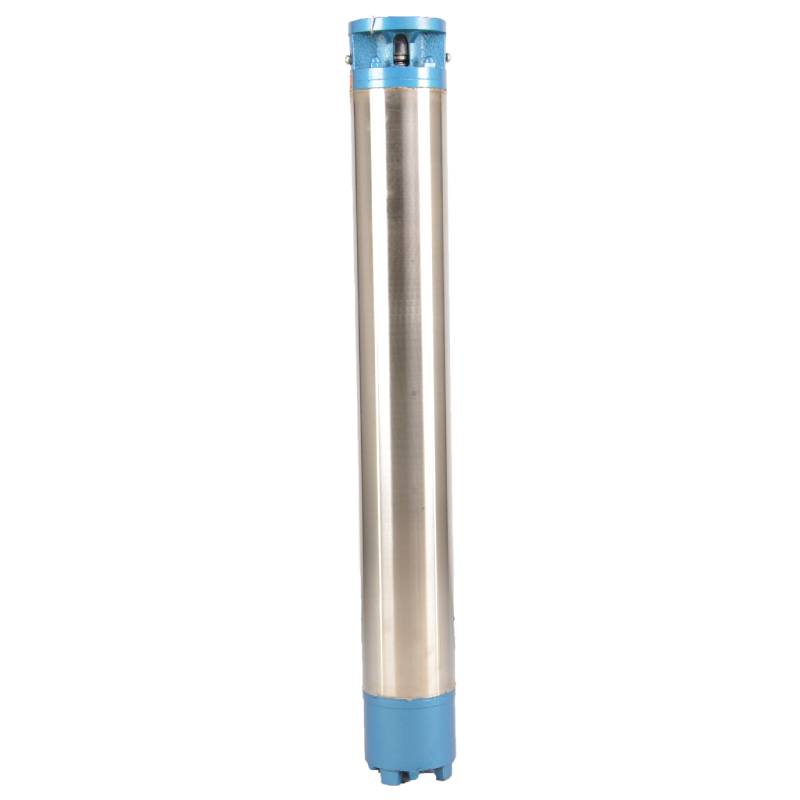Dec . 06, 2024 04:57 Back to list
Comparison of Jet Pumps and Submersible Pumps for Effective Water Management Solutions
Jet Pump vs. Submersible Pump A Comprehensive Comparison
When it comes to water pumping systems, two popular types are the jet pump and the submersible pump. Each has its unique set of features, advantages, and disadvantages, making them suitable for different applications. In this article, we will delve into the characteristics of both systems to help you decide which option best meets your water pumping needs.
Overview of Jet Pumps
Jet pumps operate by using a combination of centrifugal force and the venture effect to lift water. Usually installed above the ground, they draw water from a well or a reservoir. When water enters the pump, it is propelled through an impeller. The high-speed rotation creates a low-pressure area, effectively sucking water from below and pushing it toward the surface.
Advantages of Jet Pumps 1. Ease of Installation and Maintenance Jet pumps are relatively easy to install and service since they are located above the water source. This makes access for repairs straightforward, requiring minimal extensive excavation. 2. Versatility Jet pumps can be used for various applications, from residential water supply to irrigation and industrial uses. They are also suitable for shallow wells, typically up to 25 feet deep. 3. Affordability Jet pumps tend to be more affordable upfront than submersible pumps, especially for shallow water sources.
Disadvantages of Jet Pumps 1. Limited Depth One major drawback is that jet pumps are most effective in shallow wells. For deeper wells, their efficiency decreases, often requiring multiple stages or more powerful systems to lift water. 2. Higher Noise Levels Because the pump operates above ground, it can generate more noise during operation, which can be a concern in residential areas.
Overview of Submersible Pumps
jet pump vs submersible pump

Submersible pumps, as the name suggests, are designed to operate while submerged in water. These pumps have a hermetically sealed motor that prevents water from entering the electrical components. Submersibles operate on the principle of creating pressure that forces water up through a discharge pipe.
Advantages of Submersible Pumps 1. High Efficiency Submersible pumps are highly efficient and can lift water from great depths, making them ideal for deep wells, often exceeding 100 feet. 2. Quiet Operation Since they are submerged, submersible pumps operate quietly and are less obtrusive than jet pumps. 3. Less Cavitation Risk Submersible pumps are less likely to experience cavitation, a condition that can damage pumps due to pressure changes.
Disadvantages of Submersible Pumps 1. Higher Initial Cost The upfront cost of submersible pumps can be significantly higher than that of jet pumps. The advanced technology and materials used contribute to this expense. 2. Difficult Maintenance Since they are installed underground, accessing submersible pumps for maintenance or repairs can be challenging and often involves drilling or excavation. 3. Potential for Overheating If not properly sized or installed, submersible pumps can overheat, leading to premature failure.
Conclusion
Choosing between a jet pump and a submersible pump ultimately depends on your specific needs, the characteristics of your water source, and your budget. If you have a shallow well and are looking for an affordable, easy-to-maintain solution, a jet pump may be the better option. Conversely, if you need to extract water from deep wells efficiently and quietly, a submersible pump would likely serve you better.
Both types of pumps have their distinct advantages and limitations, and understanding these can assist you in making an informed decision. Whether you're addressing residential water supply needs, agricultural demands, or industrial applications, analyzing factors such as depth, cost, maintenance, and noise level will guide you in selecting the optimal pump for your situation. In conclusion, both jet and submersible pumps can effectively meet water pumping needs; the key is to match the right pump to the right application.
-
Submersible Water Pump: The Efficient 'Power Pioneer' of the Underwater World
NewsJul.01,2025
-
Submersible Pond Pump: The Hidden Guardian of Water Landscape Ecology
NewsJul.01,2025
-
Stainless Well Pump: A Reliable and Durable Pumping Main Force
NewsJul.01,2025
-
Stainless Steel Submersible Pump: An Efficient and Versatile Tool for Underwater Operations
NewsJul.01,2025
-
Deep Well Submersible Pump: An Efficient 'Sucker' of Groundwater Sources
NewsJul.01,2025
-
Deep Water Well Pump: An Efficient 'Sucker' of Groundwater Sources
NewsJul.01,2025
-
 Submersible Water Pump: The Efficient 'Power Pioneer' of the Underwater WorldIn the field of hydraulic equipment, the Submersible Water Pump has become the core equipment for underwater operations and water resource transportation due to its unique design and excellent performance.Detail
Submersible Water Pump: The Efficient 'Power Pioneer' of the Underwater WorldIn the field of hydraulic equipment, the Submersible Water Pump has become the core equipment for underwater operations and water resource transportation due to its unique design and excellent performance.Detail -
 Submersible Pond Pump: The Hidden Guardian of Water Landscape EcologyIn courtyard landscapes, ecological ponds, and even small-scale water conservancy projects, there is a silent yet indispensable equipment - the Submersible Pond Pump.Detail
Submersible Pond Pump: The Hidden Guardian of Water Landscape EcologyIn courtyard landscapes, ecological ponds, and even small-scale water conservancy projects, there is a silent yet indispensable equipment - the Submersible Pond Pump.Detail -
 Stainless Well Pump: A Reliable and Durable Pumping Main ForceIn the field of water resource transportation, Stainless Well Pump has become the core equipment for various pumping scenarios with its excellent performance and reliable quality.Detail
Stainless Well Pump: A Reliable and Durable Pumping Main ForceIn the field of water resource transportation, Stainless Well Pump has become the core equipment for various pumping scenarios with its excellent performance and reliable quality.Detail
